For many people getting a dog is the first step in fulfilling a life-long dream.
The difficulty with choosing a dog is only being allowed to select one or two; there are so many wonderful dog breeds that choosing only one can feel like a real-life version of “mission impossible,” or at least the pet version of it!
The best dog breeds for first-time owners are gentle, good-natured, non-aggressive dogs, like:
- Labrador Retrievers
- Shetland Sheepdogs
- Bernese Mountain Dogs
- Cavalier King Charles Spaniels
- Greyhounds
- English Springer Spaniels
- Havanese
- Greyhounds
- Bichon Frise
- Gordon Setters
Most prospective owners are enthralled by the idea of having a Velcro companion, snuggle partner, exercise buddy, or loyal protector.
However, the real-life scenarios are often different from the fantasy; a dog is a 10-to-15-year commitment, and the wrong fit can make your life miserable for more than a decade.

Click Here to Jump to a Section
What Factors Should First-Time Dog Owners Consider?
Getting your first dog is an exciting prospect, but understanding which is the right dog breed for you begins with a critical analysis of yourself and your home environment.
The first questions to answer before getting a dog are:
- Can you afford to keep a dog, e.g., feeding, grooming costs, training classes, insurance, medical costs, etc.?
- How much time do you have to spend with the dog each day, training, exercising, and grooming them?
- Are you prepared to adjust your life to accommodate a dog, e.g., they cannot be left home alone all day, which may restrict your socializing hours, holiday time, and “me” time?
- Are all the household members comfortable with the idea of getting a dog?
If you can answer all the above-mentioned questions affirmatively, then you’re ready to move on to choosing a dog based on its breed characteristics.
Although each household will have specific requirements for their first dog, the following five factors are a good starting point for any first-time dog owner:
- Trainability
- Sociability
- Energy level
- Size
- Coat type and length
Trainability
Intelligent dogs are intense dogs; their mental agility can leave even experienced dog owners feeling wrung out and exhausted.
The Einsteins of the canine world NEED a job and an experienced handler to ensure they remain upstanding citizens and do not become genius delinquents!
Novice owners enjoy dogs with a high degree of mild-mannered trainability.
A trainable dog typically demonstrates an average to above-average IQ, a strong desire to work with people, and a low level of dominance.
Border Collies, Malinois’ and German Shepherds are all brilliant dogs who want to work with people but are unsuitable for most novice owners due to their dominance and high energy levels.
Unlike the quick-to-learn herding breeds, most hounds (e.g., bloodhounds) have an independent streak a mile wide; these dogs are difficult to train and require an inordinate amount of patience and creative training techniques to motivate them.
Whereas Shetland Sheepdogs, Labrador Retrievers, Golden Retrievers, and Flat-Coated Retrievers all demonstrate an excellent level of trainability appropriate for first-time dog owners.
These dogs are intelligent, amenable, and not overly dominant, making them a breeze to train.
Do You Prefer a Dog that is Loyal to One Person or Many?
Before we get into the substance of this article, we think that you may find another resource of ours to be helpful in guiding your decision of getting the right dog for you – be sure to read this informative article:
20 Most Loyal Dog Breeds That Attach To One Person
Now, without further ado, please enjoy learning all about the dogs on this list that we’ve made for you!
Shetland Sheepdogs
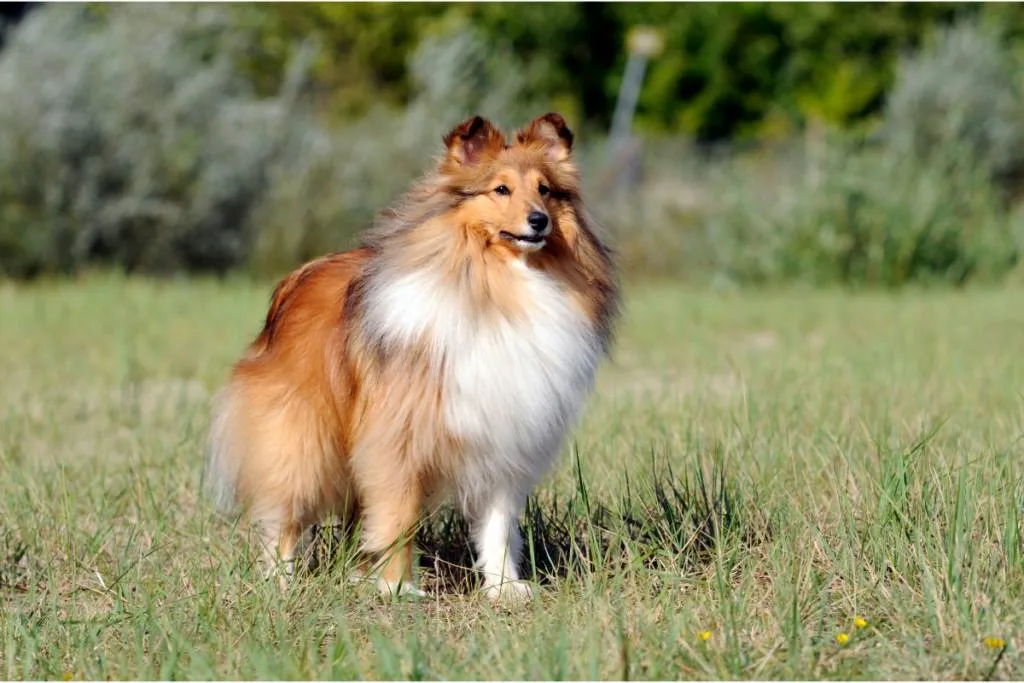
The Shetland Sheepdog was originally bred on the Shetland Islands bordering Scotland’s coastlines. Looking like a miniaturized version of a Rough Collie, the Shetland Sheepdog is a precious bundle of fun!
Like most herding breeds, the Shetland Sheepdog is a high-energy, intelligent dog that loves to learn. These little dogs learn best when trained with positive reinforcement and handled by a gentle, confident owner.
Shetland Sheepdogs can be shy with strangers; however, excessive nervousness is considered a breed fault, and dogs displaying this trait should not be included in breeding programs.
Homes with small children and other small pets may not enjoy the Shetland Sheepdogs’ herding instinct.
These little dogs can be unintentional dictators; their insatiable desire to herd can result in a chaotic dog ownership experience as the dogs take it upon themselves to direct the actions of their “pseudo-sheep.”
However, first-time owners living in a household with adults and teenagers who want an energetic exercise buddy who will excel at obedience won’t go far wrong with a Shetland Sheepdog.
Labrador Retrievers
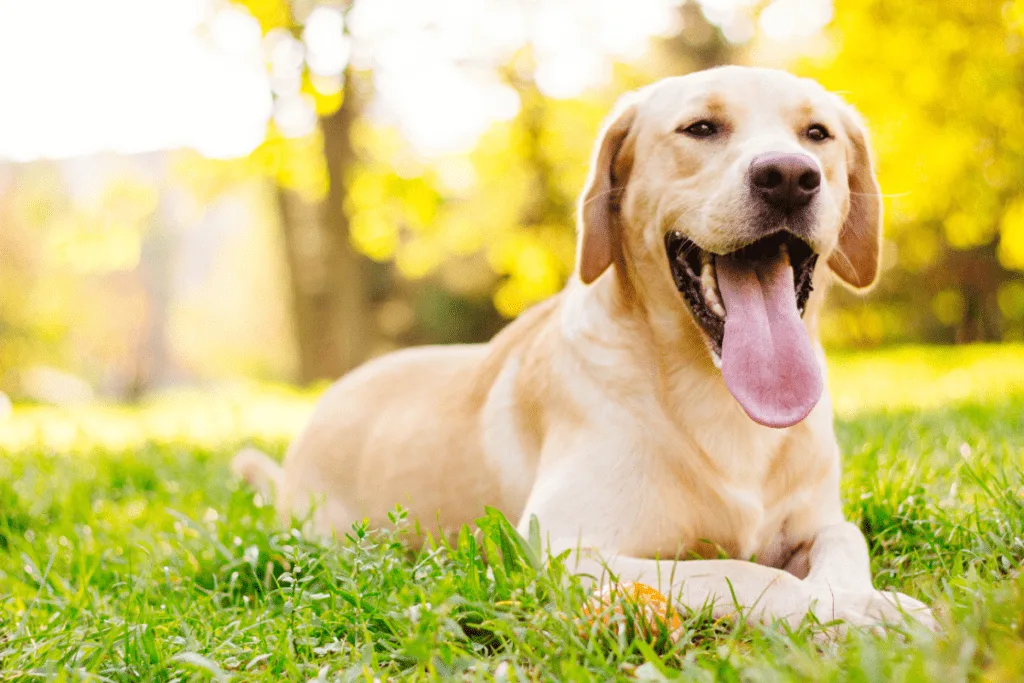
As a firm favorite of not only America but also the world, Labrador Retrievers have earned their spot on almost every list, blog, and article about dog breeds for “first-time dog owners” and “the ideal family pet.”
Demonstrating a similar level of trainability as the Shetland Sheepdog, the Labrador is one of the easiest dogs to learn the ropes of dog ownership and dog training.
These dogs LOVE people and want to spend time playing with and participating in activities with their owners.
The exuberant energy and size of a young Labrador may be intimidating to some people and off-putting for quiet, serene households. These homes cope better with lower energy breeds or older Labradors who have grown past their youthful shenanigans.
The Labradors’ amiable temperaments and “good guy” personalities make them perfect for multi-pet households.
Sociability
Trainability goes hand-in-hand with sociability. Dog breeds that are bred to work independently are often aloof and unmotivated to please their owners.
An example of an independent-minded breed is the Pyrenean Mountain Dog, bred to be a livestock guardian.
These dogs were selected to fiercely protect their flocks of sheep during a shepherd’s absence.
While Pyrenean Mountain Dogs are brilliant dogs to have if you want a livestock or household defender, they are aloof dogs who will consistently place last in obedience classes!
Most prospective dog owners want a dog to be their pet, i.e., a loyal friend and companion. Thus, they will be disappointed if they choose an independent-thinking or aloof dog breed.
Dog breeds that were originally bred to work closely with humans typically demonstrate greater sociability, as do dogs bred initially as pets or consistently described as soft.
Many of the retriever breeds are renowned for their human-orientated approach to life and their wonderfully gentle personalities.
However, other dog breeds which fit this description include Bernese Mountain Dogs, Cavalier King Charles Spaniels, English Cocker Spaniels, Soft-Coated Wheaten Terriers, and Irish Setters.
Bernese Mountain Dogs
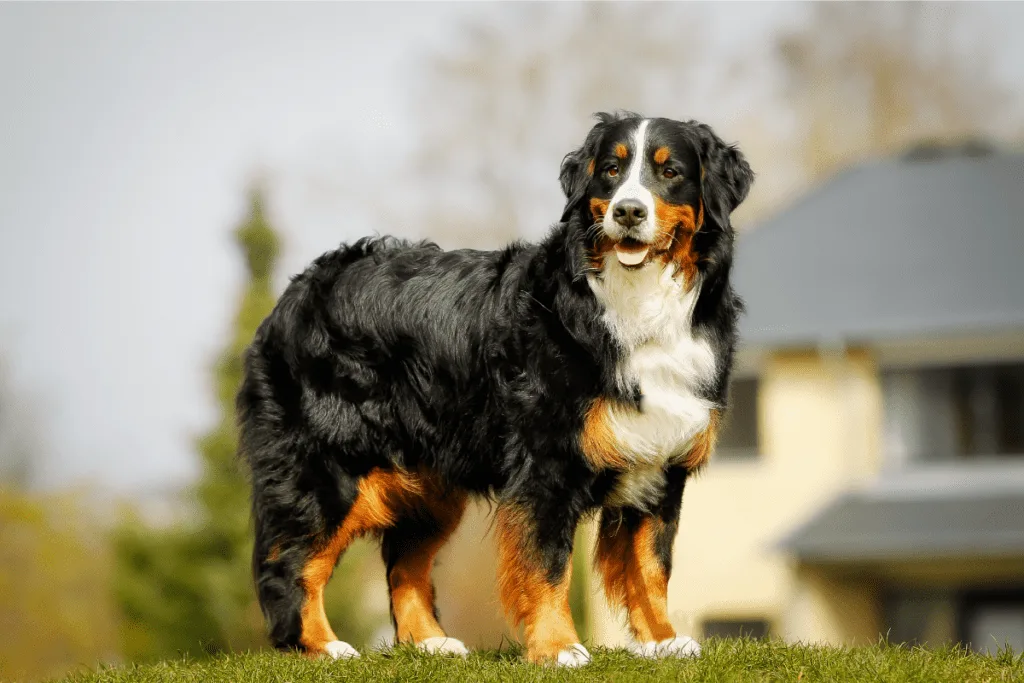
The handsome Bernese Mountain Dog stands at more than 27 inches at the shoulder.
Their robust, sturdy frame is well-suited to performing heavy-duty carting work, but that’s not why these gentle giants made the list of recommended dogs for first-time dog owners.
Have you ever been around someone who epitomizes gentle happiness and unwavering contentment with life?
The kind of magical person who makes others feel happy, who reminds them that they’re loved, and all is well with life?
Bernese Mountain Dogs are one of the rare dog breeds that embody this elusive sense of peace, gentleness, and overwhelming joy.
I have never encountered a Bernese Mountain Dog who was not fiercely loved by their humans and who did not return their owner’s affection in spades.
These dogs are the ultimate friendly socialite and ideal for first-time dog owners who dream of a dog who is as good at making friends as they are.
Cavalier King Charles Spaniels
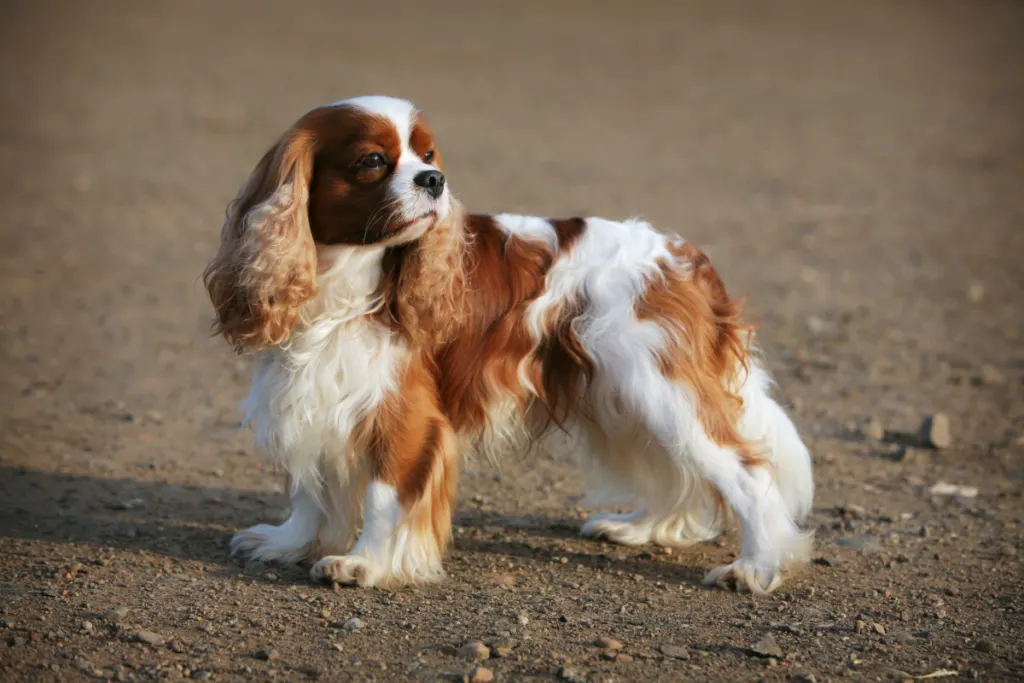
If the Bernese Mountain Dog is a little too large for your tastes, an excellent alternative is the petite Cavalier King Charles Spaniel.
These happy little dogs have never met a stranger! Cavalier King Charles Spaniels are socially gregarious and enjoy spending time with children, cats, other dogs, and anyone willing to give them a scratch.
As guard dogs, they’re dismal failures, but as loyal companions, they’re unparalleled.
Many Cavalier King Charles Spaniels are outstanding therapy dogs; their innate gentleness, mischievous antics, and small size make them ideally suited to the job of emotional support dogs.
Most people, even those without diagnosable conditions, can do with a little more emotional support in these trying times.
The adoring gaze and unqualified affection of a Cavalier King Charles Spaniel are the perfect antidotes for the pressures of daily life.
The Cavalier King Charles Spaniel is ideal for anyone who enjoys an active social life, has a gentle, laid-back leadership style, and prefers smaller dogs.
Energy Level
Energy levels refer to the amount of daily exercise a dog requires to be happy and content.
Many people get a dog hoping that the discipline of walking their dog will encourage them to achieve their new year’s resolution: lose weight and get fit.
While the idea’s premise appears to be sound, the reality is far different.
High-energy dogs need high-energy owners who have hours to commit to exercising their dogs; they cannot transform their couch-potato owners into high-octane exercise fanatics.
Always choose a dog with an energy level that is compatible with:
- The amount of time you have available to exercise your dog
- Your energy levels and attitude towards physical exertion
A bulldog is a low-energy dog that is likely to give up on life halfway around the block; they can be just as challenging to deal with as a Border Collie or Brittany Spaniel who don’t understand the concept of rest!
Most novice owners do well with low to moderate energy level dog breeds.
However, there are exceptions to this rule; high-energy dogs like the Labrador or Springer Spaniel may still be the perfect first-time dog for active families.
Greyhounds
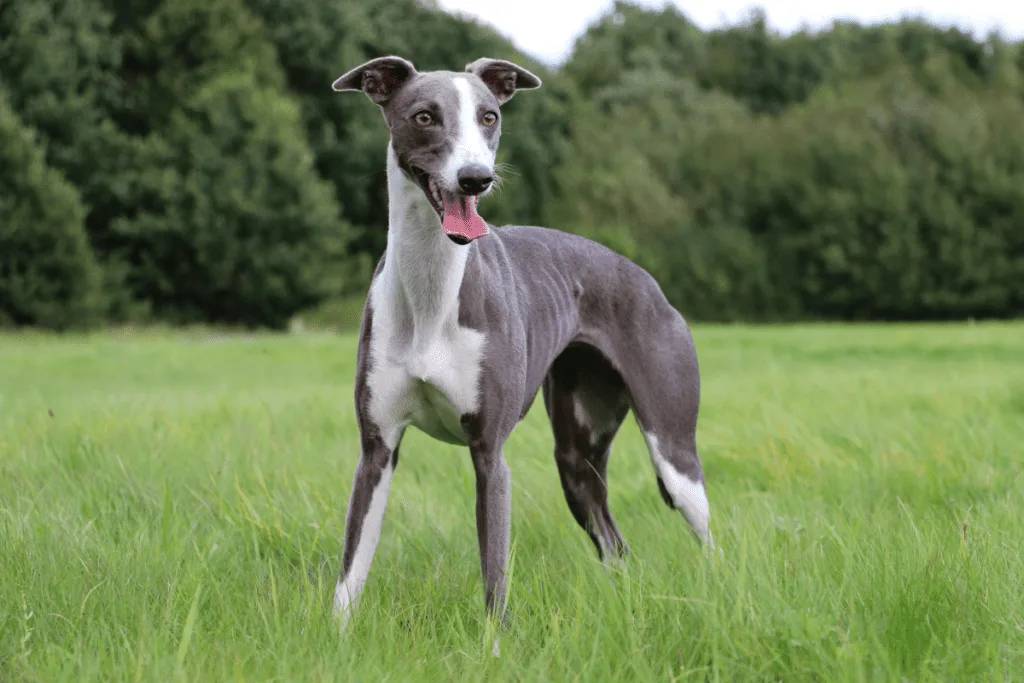
Greyhounds are most well-known for their competitive racing; they’re fast, agile, and the ultimate athlete, BUT they’re not opposed to napping for most of the day!
While these dogs can and will display phenomenal speeds when pursuing prey, they are commonly classified as low-energy dogs.
Belonging to the hound group, the Greyhound is unlikely to take home the prize for the most obedient dog. However, their gentle dignity and quiet elegance make them effortlessly charming housemates.
Greyhounds are unsuitable for homes with cats or small dogs; their prey drive is triggered when a moving target is presented.
For the same reason, high fences must surround the yard; they will disappear at the first opportunity if presented with something to chase, e.g., car, squirrel, cat, etc.
However, they are ideal for first-time dog owners who cannot face the prospect of an unruly, high-energy dog that requires hours of exercise to remain semi-polite.
Greyhounds are perfect for house proud owners (they’re unlikely to destroy your home due to boredom) who want a gentle, low maintenance but still affectionate dog.
You may also like:
German Shepherd Greyhound Mix: Fast and Forever Loyal
English Springer Spaniels
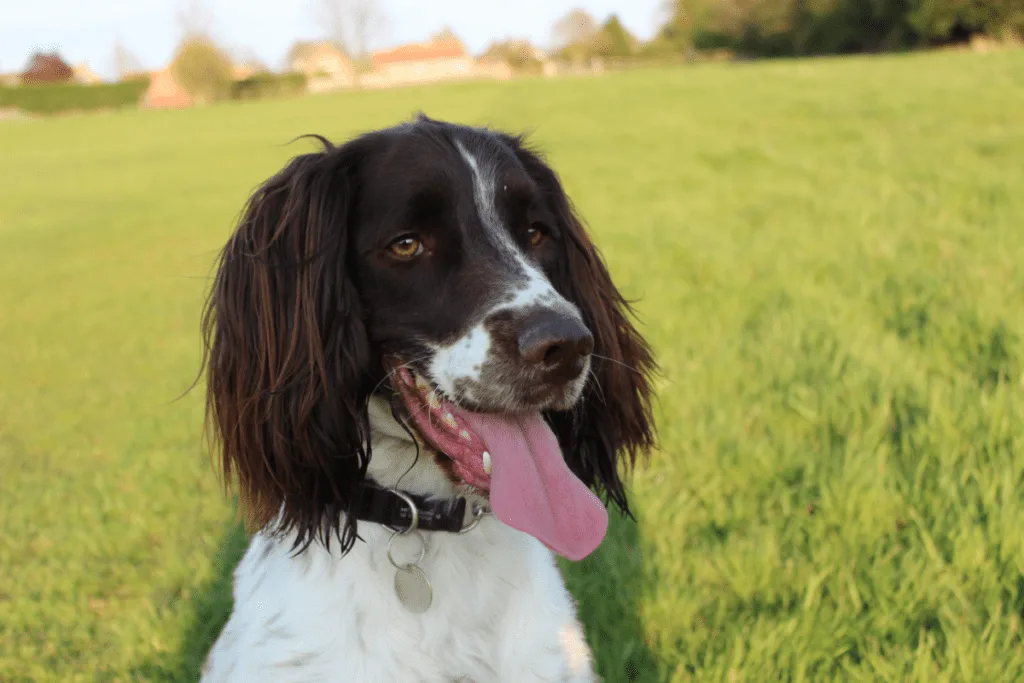
English Springer Spaniels have won many fans due to their sporting abilities on the hunting field and doe-eyed gentleness in family homes.
Like the Greyhound, they’re naturally gentle dogs. However, unlike the Greyhound, English Springer Spaniels NEED plenty of exercise and mental stimulation.
English Springer Spaniels enjoy participating in numerous activities; they have the necessary desire to please, intelligence, and robust energy to excel in obedience trials, agility, fieldwork, therapeutic work, and many other sports.
These dogs are quick to learn and a blessing to have, but they require an owner who is willing to commit to many hours of training, exercising, and grooming. English Springer Spaniels quickly become depressed and anxious when left alone.
The English Springer Spaniel is ideal for first-time owners who want an easy-to-train, energetic, adventure buddy.
Owners who want a lower-energy English Springer Spaniel should look for breeders specializing in pet and show dogs.
These dogs require slightly less exercise than their working counterparts; however, they are more high maintenance with grooming.
Size
Some people adore the nobility and presence of large breed dogs, while others prefer petite lap-sized dogs.
There is a vast range of sizes to be found amongst the various dog breeds, and the correct size dog for your family depends on several different factors.
Houseproud owners should stick to small dog breeds, such as the toy Poodle, Coton Du Tulear, and the Havanese.
Large breed dogs are more likely to track large quantities of dirt into the house, knock items over and drool on surfaces.
Families with toddlers, small children, or family members with balance issues should consider medium to large-sized low-energy dog breeds. Small breeds of dogs often become snappy and defensive due to fear of being hurt.
Large and giant breed dogs are less inclined to react defensively if children accidentally fall on them or bump them. Family-friendly large and giant breed dogs include Great Danes, English Mastiffs, and Gordon Setters.
Elderly people may prefer a smaller dog breed as they are less likely to knock them over.
However, a well-trained low-energy large or giant breed dog may be less of a trip hazard, easier to pet without bending down, and can even function as a balance-assist dog if trained.
Havanese
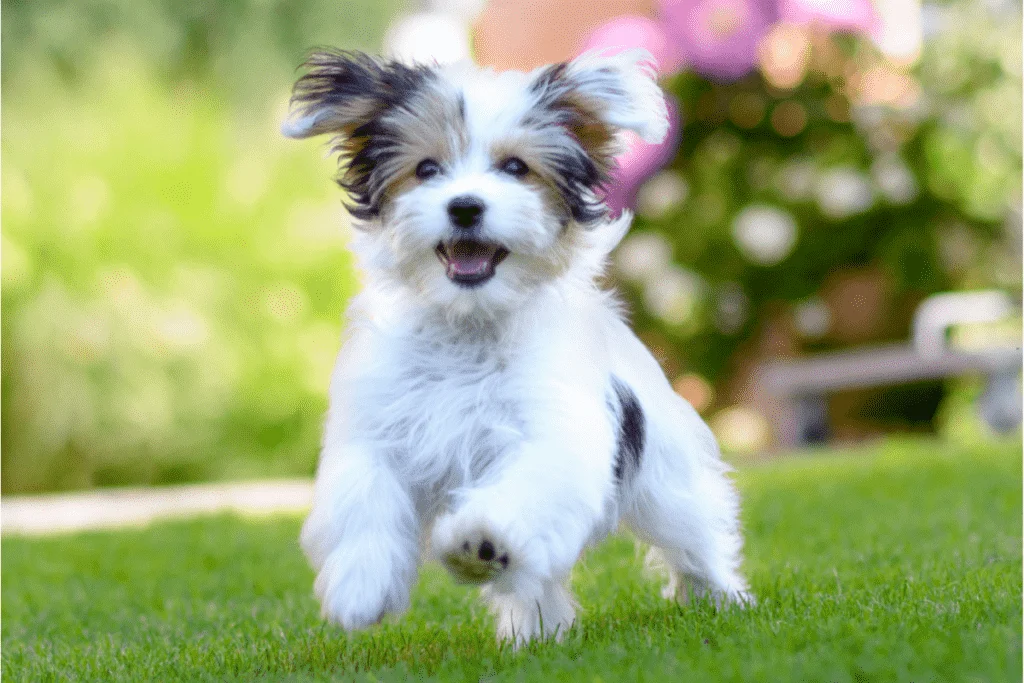
Topping out at 11.5 inches (29 centimeters) and weighing between 7 to 13 pounds (3 to 9 kilograms), the Havanese is perfect for people living in apartments or individuals who feel they cannot deal with the sheer size and strength of a larger dog.
The Havanese originated in Havana, Cuba, where they were favored by the Cuban aristocracy and later on the sugar-barons.
The Havanese’s jaunty gait and smiling eyes are guaranteed to make you smile!
The American Kennel Club captures the essence of the Havanese when they describe them as intelligent, outgoing, and funny.
These little dogs are hilariously mischievous and always seem to be laughing as they invite people to join in with their silly antics!
The Havanese’ flowing locks can be time-consuming to maintain; however, owners can choose to clip their Havanese coats. A puppy cut fits in perfectly with the Havanese’ eternally sunny nature.
Great Danes
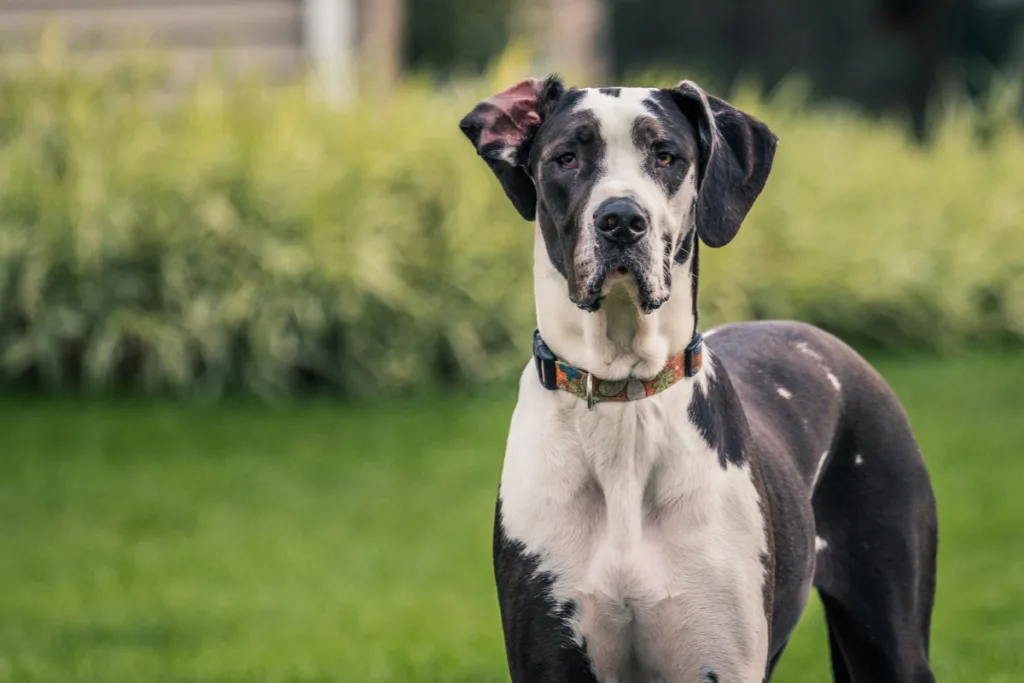
Standing between 28 to 32 inches (71 to 81 centimeters) and weighing between 110 to 170 pounds (50 to 77 kilograms), the Great Dane undoubtedly fits the moniker “The Apollo of Dogs.”
While some people may find the Great Dane’s large size intimidating, these are patient, dependable dogs who love making new friends.
A well-bred Great Dane has a noble, dignified bearing and innate manners; their thoughtful approach to life makes them easy to train, although they can suffer from periodic bouts of mastiff stubbornness!
These dogs are the perfect dog for homes with other pets and even young children due to their steady, unflappable approach to life.
However, the Great Dane should not be paired with anxious children; while their temperaments are gentle and nurturing, their large size can result in accidental collisions that knock small kids off their feet.
Confident children find these slow-motion tumbles hilarious, but anxious children may become fearful and defensive in their interactions with the Great Dane.
Great Danes are not drool-masters, like the Neapolitan Mastiff or Newfoundland, but they are still hazardous to pristine house furnishings.
When you’re the size of a small elephant, it can be challenging to navigate a crowded room without knocking something off a table, wiping dirt on a white cushion, or bumping into a lamp!
Great Danes are not recommended for first-time owners who are afraid of large dogs, ultra-houseproud, or individuals living in a small, crowded home.
The ideal home for a Great Dane appreciates the steady presence, regal bearing, and soft attitude of these giant marshmallow dogs!
Coat Type And Length
Typically, when people consider the coat of a dog breed they’re interested in, they will also consider the grooming requirements and appearance of the dog.
For example, I prefer long-haired dogs and don’t mind spending a couple of hours every week grooming my dog, while another person may favor a low-maintenance short-haired dog.
While the grooming requirements of a dog breed are essential (i.e., not everyone wants to spend their life grooming their dog) and you should appreciate the appearance of your dog, there are two other factors to consider:
- Allergies
- Tactile sensation
Despite many dogs being marketed as hypoallergenic, there is no such thing as a truly hypoallergenic dog breed.
However, depending on which of the canine-specific proteins a person is allergic to, they may tolerate one dog breed better than another.
Low shedding dog breeds like the Bichon Frise, Puli, Portuguese Water Dog, and Poodle are good options for people with dog allergies to consider.
The second factor to consider is what the dog feels like to touch.
Individuals with tactile defensiveness or neuro-differences that change their tolerance for stimulation will need to consider how the dog feels. An aversion to touching your dog will not be conducive to developing a strong bond.
I generally recommend that all people (those with and without tactile sensitivities) spend time going to dog breed exhibits where they can experiment with what type of dog coat they enjoy touching.
Some people may prefer the rough dreadlocks of a Puli, while others shudder and turn to the smooth, silky locks of a Gordon Setter.
Bichon Frise
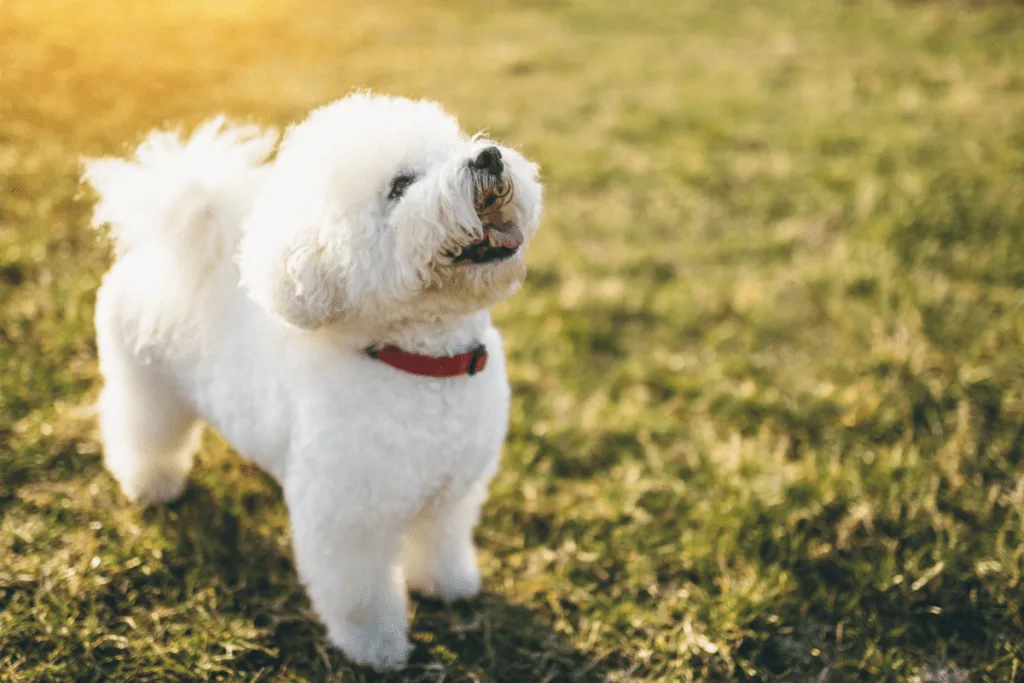
Bichon Frise are sturdy little dogs who have been charming people since the breed’s inception before the 13th century. Their cute little black button eyes are offset against a pure white or particolored cloud of hair.
These playful fluffballs feature a double coat, in which the dense undercoat is soft and plush, and the overcoat is coarse with a slight propensity to curl.
The effect of these two layers creates a coat that feels a little like cushioned velvet; when the hair is patted, it springs back into shape of its own accord.
The bouffant hairstyle of the Bichon Frise may seem to contradict the “low-shedding” status of these little dogs; nonetheless, it remains true.
As the dogs shed, their loose hairs are caught in the dense undercoat, causing the dogs to be prone to matting but also allowing these dogs to be classified as “low-shedding.”
They are high-maintenance dogs when it comes to grooming; they need to be groomed daily and be clipped or professionally groomed every 4 to 6 weeks.
These are the ideal dogs for first-time owners who struggle with mild dog-related allergies but still want a happy, friendly canine companion.
Gordon Setters
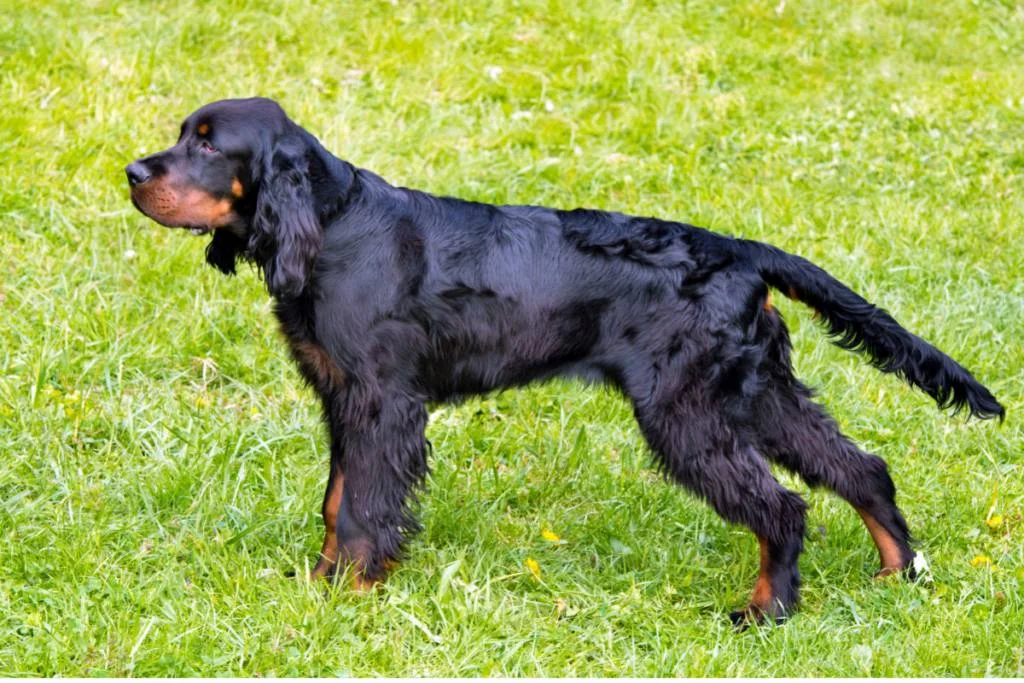
Few dog coats can compare to the silky feel of the Gordon Setters; individuals struggling with tactile defensiveness or neural differences relating to their experience of touch will enjoy petting a Gordon Retriever.
The cool caress of the Gordon Setter’s satin-like coat is an addictive sensation that can soothe the most turbulent mind.
Like most other birding dogs, these dogs are highly affectionate people-orientated dogs; in fact, many Gordon Setters are known to develop separation anxiety when left alone for too long.
While some lines of Gordon Setters can be prone to stubbornness, most Gordon Setters are known for their keen intelligence and strong desire to please, making them a breeze to train.
As the largest and sturdiest of the setter breeds, the Gordon Setter does not become defensive or aggressive if little children accidentally bump into them or trip over them.
These mild-mannered dogs are typically gentle, patient dogs with a streak of silliness.
Their gentleness makes them perfect companions for anxious individuals or little children. However, their willingness to play and engage in silly games makes them ideal for older children and active families.
Final Thoughts
The decision on which is the right dog breed for you and your family depends on the specific requirements of your household.
If you feel confused and hesitant about which dog would suit you, it is advisable to contact a local dog trainer or breed organization and speak to them about which dog would be a compatible match for your home.
The breed recommendations made in this article are based on personal experience with dogs who are true to the breed description as outlined by the American Kennel Club Association.
